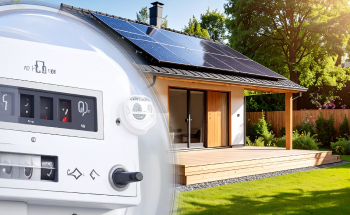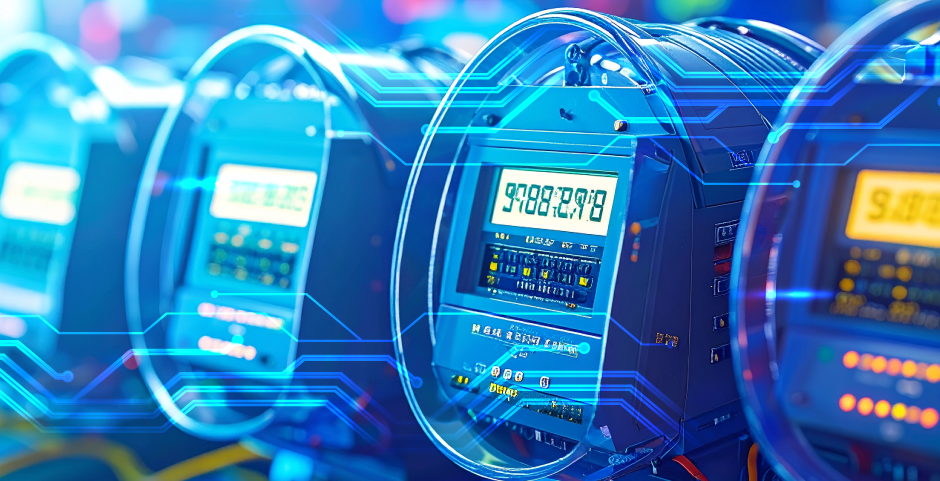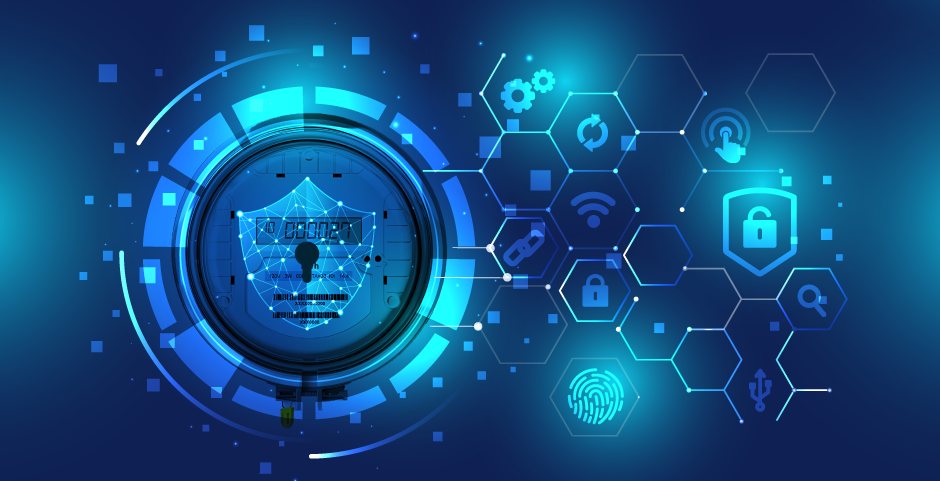DNP3 for SCADA Communication: Pros and Cons

Shwetha Bhat January 23, 2025
Normally, DNP3 would be put into practice for utilization in the large array of SCADA systems to enable the master's and remote terminal units or even the intelligent electronic devices within substations and so on. Like any protocol, DNP3 too has its own set of pros and cons.
Pros:
- DNP3 categorically contains error detection mechanisms, like CRC and integrity and reliability in all SCADA systems relying on the accuracy of data transmission due to sequence numbering.
- Time synchronization is supported so that all devices have a proper time basis; applications then operate in synchronization and log data with the same timestamp.
- It allows, at any one time, the prioritizing of the most important data, so that such data-alarm and control commands-always get transmitted fastest of all at any one time.
- DNP3 further enhances data transfer over the network, fragmenting larger blocks into smaller pieces of data. Hence, it helps reduce latency and enhance efficiency.
- Strong security features from unauthorized access, tampering, and breach are ensured. This will also mean the information in transfer will not be altered in the process of transportation, hence maintaining integrity of data about SCADA operations.
- Allows interoperability between devices and systems from different vendors by giving flexibility in system design and integration. Most often, backward compatibility is, in fact, supported with prior versions of DNP3 and other legacy protocols, making upgrade and expansion of SCADA systems easier.
- Large-sized SCADA systems containing thousands of devices can address complex control and monitoring requirements.
- The communication parameters can be set for different conditions of a network and for various system operational requirements.
Cons:
- The implementation of DNP3 requires specific knowledge and expertise; hence, it may add to the complexity of design and maintenance of the overall system. Sometimes particular applications or network environments have to be well-planned.
- While DNP3 is itself an open protocol, its implementation and integration with SCADA involves some software development and associated costs, hardware compatibility, and training.
- Maintenance and updates will, no doubt, make sure that more costs are incurred to make the system secure and up to date with compatibility.
- Quality and reliability are examples of attributes of the underlying communication infrastructure that will affect the performance of DNP3. Such serial links and TCP/IP networks offer huge chances for causing downtime on DNP3 networks.
- Any network failure, latency, or bandwidth may impact timely data transmission and overall system responsiveness.
- Like any other communication protocol, if it is not updated on time and made secure, then DNP3 can also be subjected to cybersecurity threats. Since the security risk is in continuous evolution, vulnerabilities are an issue which also needs to be continuously monitored and updated.
- Although there are some differences that may be observed from DNP3.0 to DNP3.2, which perhaps could create interoperability and compatibility problems, therefore, upgrading or expanding the system will have to be made with much caution.
Conclusion:
While DNP3 offers significant benefits in terms of reliability, efficiency, security, and scalability of communications in SCADA applications, organizations will have to assess these benefits against likely complexities, costs, and security considerations when selecting and implementing the protocol in their systems.


